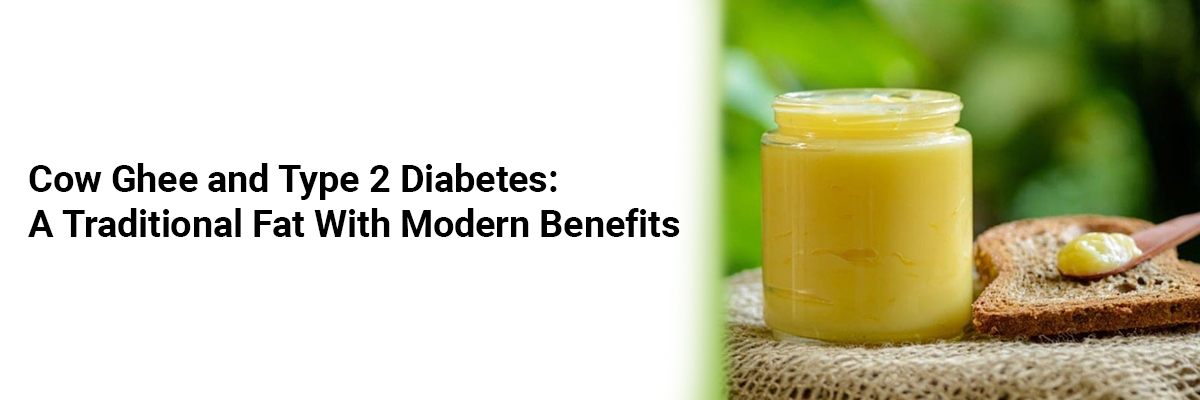
Cow Ghee and Type 2 Diabetes: A Traditional Fat with Modern Benefits
Emerging evidence indicates that incorporating clarified cow butter, commonly known as cow ghee, into the daily diet may offer glycaemic benefits for individuals with type 2 diabetes. A recent experimental–analytical study conducted in Hyderabad, India, evaluated the effects of adding one teaspoon (approximately 5 grams) of cow ghee per day to the structured diabetic diet of 50 clinically diagnosed patients.1
Over a six-week period, the intervention yielded notable improvements in blood glucose parameters, as evidenced by both random and fasting measurements. For example, random blood glucose levels dropped from 212 to 176 mg/dL in a male participant and from 219 to 159 mg/dL in a female participant. Fasting glucose showed reductions from 124 to 99 mg/dL and from 121 to 95 mg/dL within just three weeks. Additionally, postprandial blood glucose levels also declined significantly, suggesting a consistent pattern of glycemic improvement across different time points.
The nutritional composition of cow ghee appears to play a central role in these outcomes. Analysis revealed that cow ghee contains a higher proportion of polyunsaturated fatty acids (PUFAs), particularly conjugated linoleic acid and vaccenic acid, when compared to buffalo ghee, which is richer in saturated fats such as palmitic and stearic acids. This fatty acid profile may contribute to improved insulin sensitivity and lipid metabolism. Cow ghee also offers a nutrient-dense profile, containing fat-soluble vitamins A, D, E, and K, as well as antioxidants and short-chain fatty acids, such as butyric acid, which are associated with anti-inflammatory and metabolic health benefits. Buffalo ghee, although high in total lipid content, lacks the same levels of these bioactive compounds.
From a clinical standpoint, the daily inclusion of 5 grams of cow ghee in a low-glycemic meal plan could provide modest but meaningful improvements in glycemic control. Encouraging patients to choose sources of dietary fat that are rich in PUFAs and medium-chain fatty acids, such as cow ghee, may enhance adherence to nutritional guidelines, especially within cultural contexts where ghee is a traditional staple. Patient education should include guidance on distinguishing between cow and buffalo ghee, highlighting the superior antioxidant and polyunsaturated fatty acid (PUFA) content of the former. Nonetheless, moderation remains key, with total saturated fat intake advised to stay below 7% of total daily energy.
While these initial findings are promising, they must be interpreted with caution due to the study's small sample size and limited duration. Future large-scale randomized trials are necessary to validate long-term benefits and assess safety. Additionally, mechanistic studies examining how specific fatty acids in cow ghee affect insulin signaling and inflammation, as well as trials conducted across diverse populations, will help determine the broader applicability of this dietary strategy.
Source: Sri Laxmi Varsha G, Rawoof R. The effect of cow ghee on lowering blood glucose levels in diabetic subjects & its fatty acid analysis. International Journal of Novel Research and Development. 2022;7(11).




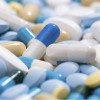
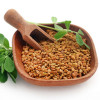


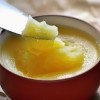
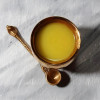



Please login to comment on this article